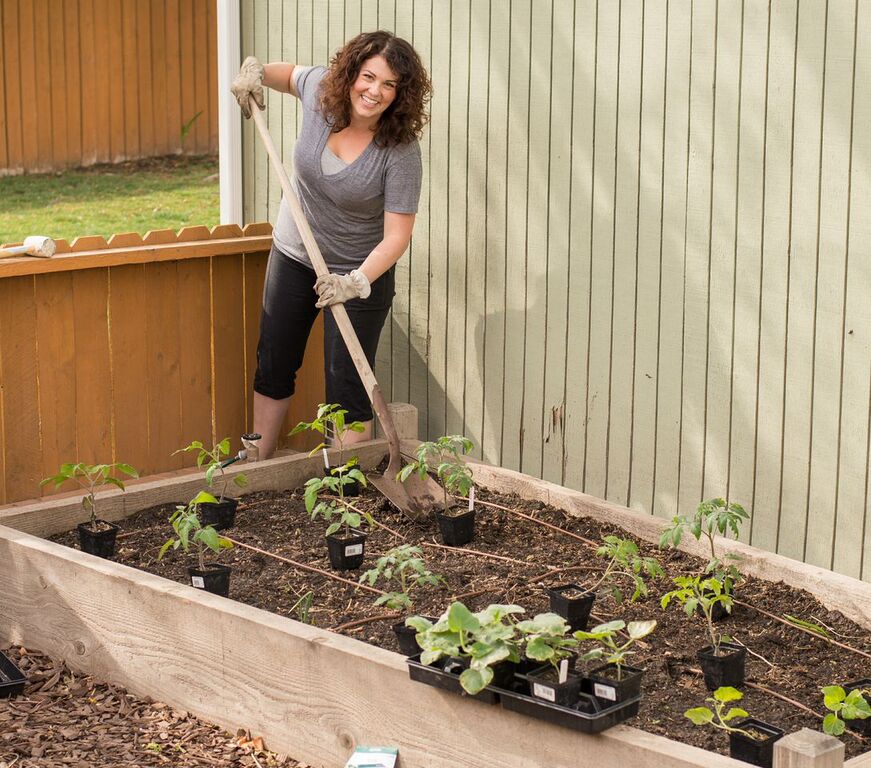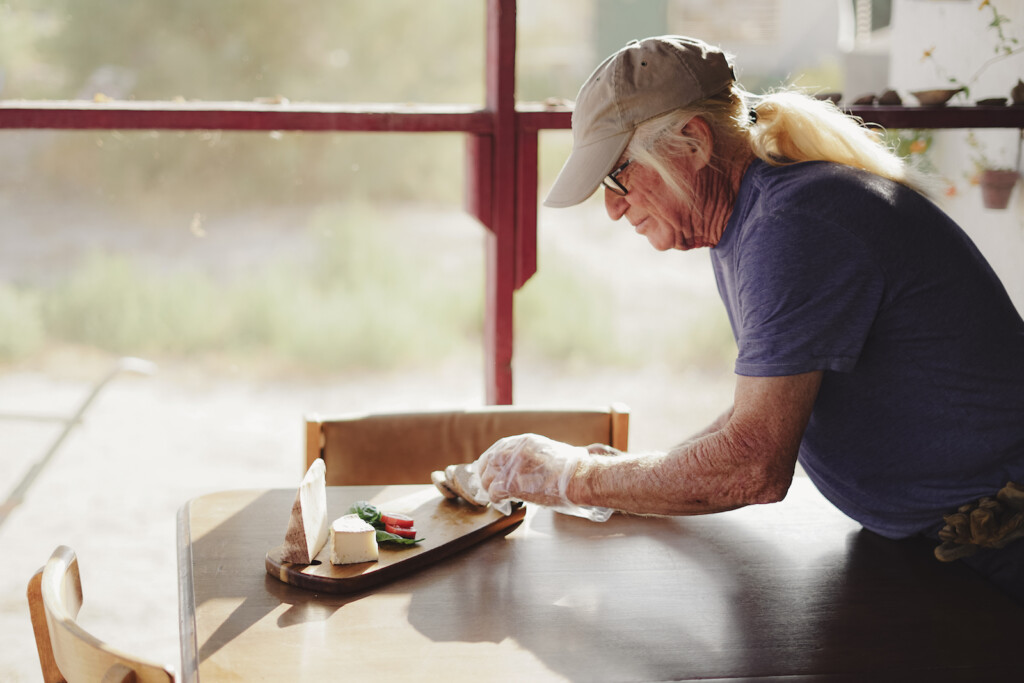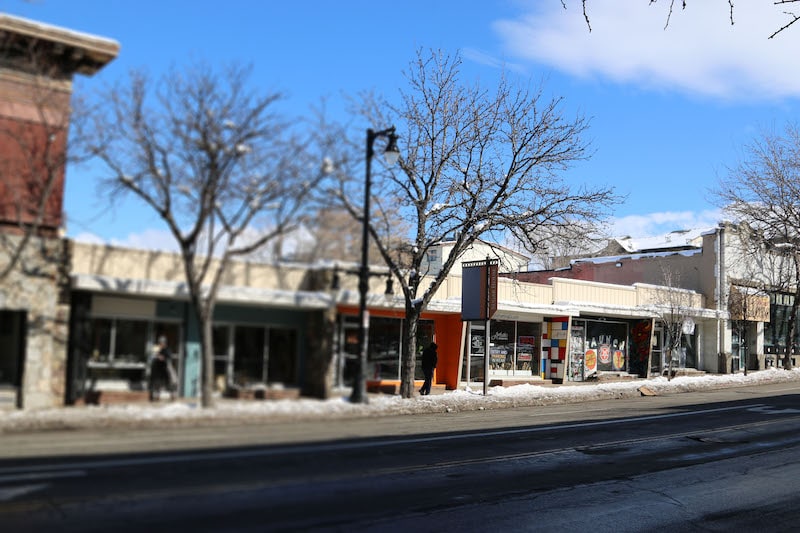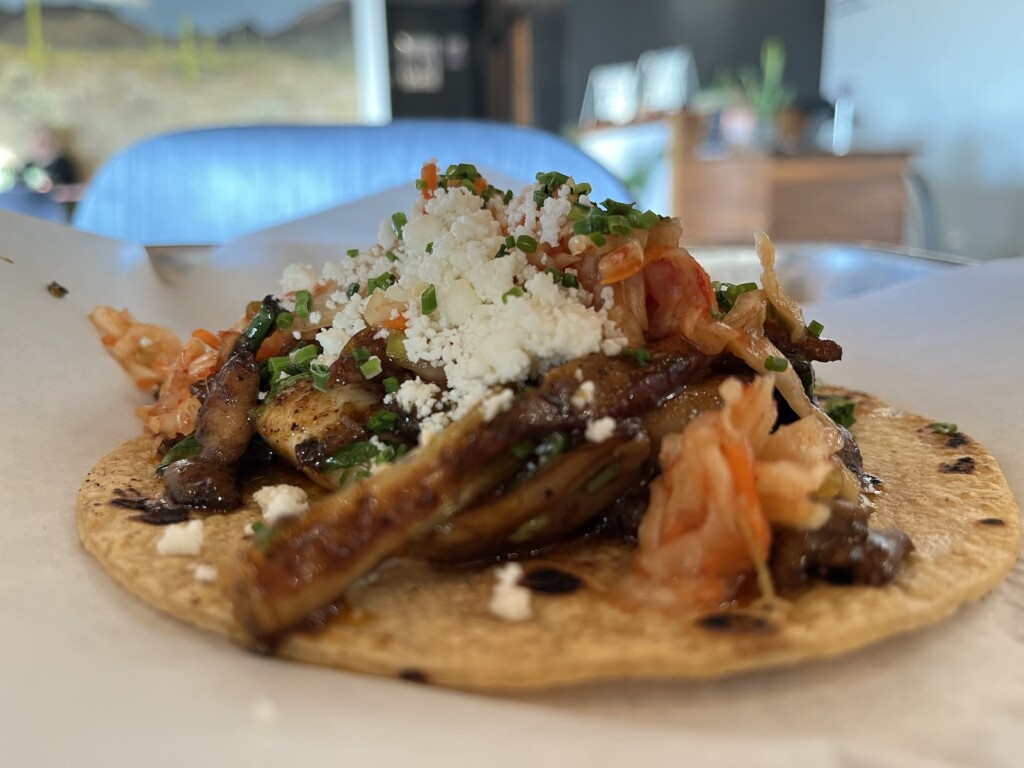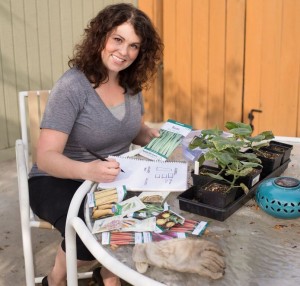
Now that your soil is ready to go, what are you going to plant? Growing your own veggies is an incredibly rewarding experience, plus it can save you some money! If you’re a beginning gardener, it’s good to remember that some veggies are easier to grow than others, but the best way to learn how to garden is to just do it—failure can be the best teacher, and it can be fun!
What to plant
First, consider what vegetables you eat and how often you eat them. This will help you determine what to plant and how much. Tomatoes and herbs are easy to grow and are highly cost effective. The best advice for starting a garden is to keep your garden simple; it will be easier to maintain and manage.
When to plant
Vegetables are divided into two main categories: warm weather crops and cold weather crops. Cold weather crops are hardy and semi-hardy, meaning they can withstand lower temps and tolerate some frost. (25-32 degrees F). These crops can be planted in early spring and late summer to be harvested in late spring and early fall, respectively. Some of the cold weather crops include broccoli, kale, spinach, cabbage, onions and Brussels sprouts.
Warm weather crops are planted in high springtime, when weather is consistently warm (65-90 degrees F). These crops are more sensitive and can be killed by frost. Many people plant these types of vegetables after Mother’s Day. Some warm weather crops include beans, corn, eggplant, cucumbers, okra, peppers, summer squash and tomatoes.
Urban Farmer has a great month-by-month planting guide. Or you can check Zacs Garden, for what to plant in June.
Where to plant
When planning your garden, it is best to take note of your sunny and shady areas. Most veggies need at least 6 hours of full sun each day; however, leafy greens, like lettuce and spinach, grow better in partly shaded areas. It can be helpful to draw out your garden on paper before planting and to include notes about the light.
The amount of space needed for each plant varies. Large vegetable plants, like tomatoes, should be planted at least 18” apart. Lettuce and beans can be planted closer together. Make sure to look for plant labels that will include information about light and space requirements.
In general, vegetables like a steady supply of water in order to stay moist. It is important to keep-up on your weeding so that the weeds don’t draw water and nutrients away from your plants.
If you are not starting from seed, there are many places to pick up starts or young plants. Check out the annual plant sales put on by Red Butte Gardens and Wasatch Community Gardens
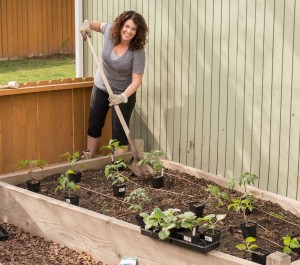 (May 9). You can also pick up starts from your local garden store throughout the season.
(May 9). You can also pick up starts from your local garden store throughout the season.
Finally, it’s a good idea to keep a journal of what worked and did not work for your garden. This journal can be a great reference for next year’s growing season.

